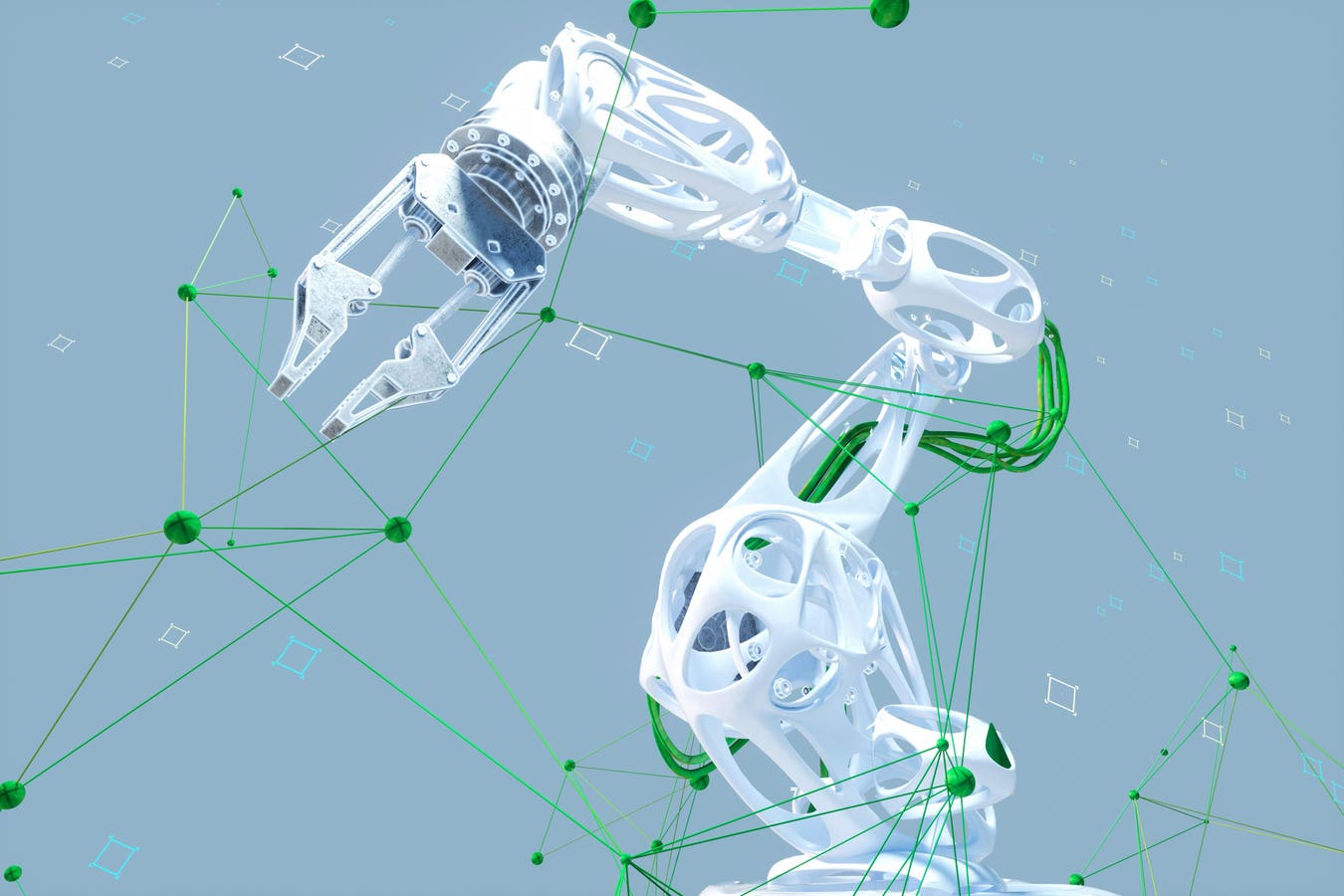Lucian Boldea, President and CEO of Honeywell Industrial Automation.
In high-stakes sectors like manufacturing, energy and aerospace—where lives, equipment and key infrastructure are on the line—there’s no room for error. The introduction of non-deterministic AI solutions into these industries could potentially increase safety risks, magnify operational inefficiencies and erode trust if not implemented properly. Companies will need to address the challenge of AI hallucinations to unleash the power of AI for safety-critical industries.
Understanding The Risks Of AI Hallucinations
AI hallucinations occur when models produce outputs that are incorrect or misleading. While these inaccuracies may be minor, or even humorous inconveniences in consumer applications like virtual assistants or search engines, their impact in industrial settings can be far more consequential. Unlike general-purpose AI, industrial AI operates in environments that demand the utmost precision, where even a slight deviation can spiral into costly—and possibly catastrophic—consequences.
Imagine a robotic arm on a factory floor performing hundreds of precise movements per day. Now, picture what happens if an AI model moves the arm just an inch too far, damaging a critical component, halting production entirely or even injuring a plant worker.
Similarly, in an energy plant, an AI system designed to monitor equipment performance might misinterpret sensor data, overlooking a critical fault that could lead to catastrophic failure. In these environments, even the smallest inaccuracies can cascade into far-reaching crises.
Why Every Day Is Your Best Day Of Production
Operational inefficiencies are another consequence of an AI hallucination. Picture a predictive maintenance system misidentifying a non-existent issue in a vital machine. The ensuing downtime for unnecessary inspections or repairs not only wastes resources but also disrupts tightly coordinated production schedules. These inefficiencies may seem minor in isolation, but over time, they can erode productivity and inflate costs, leaving companies scrambling to regain lost ground.
Perhaps the most damaging impact, however, is the erosion of trust. Engineers and operators who rely on AI systems to guide critical decisions may begin to question their outputs after encountering inconsistencies. This skepticism ripples upward, reaching executives tasked with overseeing the adoption of advanced technologies. Once trust is lost, the promise of AI to transform industrial operations into more efficient and innovative ecosystems stalls, leaving organizations hesitant to embrace the very tools meant to propel them forward.
Yet, these challenges are not insurmountable. The same technologies that introduce risks can also provide solutions—when designed and implemented with care. By addressing the root causes of AI hallucinations, industries can harness the transformative potential of AI without compromising safety, efficiency or trust.
Create a blueprint for reliable AI in high-stakes environments.
The key to mitigating AI hallucinations lies in a robust foundation of data and technology, tailored specifically to the needs of industrial operations. AI in these environments thrives on precision and predictability, which can be achieved through a combination of clean data, deterministic and probabilistic systems and real-time monitoring.
High-quality data is the cornerstone of reliable AI. Without it, models risk producing erroneous outputs. In an industrial context, this means investing in rigorous data validation processes and domain-specific datasets that reflect the unique intricacies of each operation. By grounding AI in a bedrock of accurate information, industries can ensure outputs that align with real-world conditions.
Additionally, deterministic AI systems designed to generate consistent and reliable results, coupled with new technologies within probabilistic AI, offer new opportunities for industrial operations. These systems, when combined with real-time monitoring, create a feedback loop that identifies anomalies as they arise, allowing human operators to intervene before errors escalate. For instance, continuous monitoring of an AI-powered maintenance system can flag inconsistencies early, ensuring issues are resolved proactively rather than reactively.
Collaboration within industries also plays a pivotal role. By sharing best practices and standardizing AI reliability frameworks, organizations can collectively raise the bar for technology adoption in critical sectors. This cooperative approach not only mitigates risks but can also accelerate innovation, enabling industries to scale AI solutions with confidence.
These solutions underscore a fundamental truth: With the right safeguards, AI can deliver on its promise without compromise. By embracing precision and accountability, industries can shift the narrative from mitigating risk to maximizing opportunity.
The future of industrial AI is precision without compromise.
In industrial environments, accuracy isn’t optional—it’s a non-negotiable requirement. The risks posed by AI hallucinations underscore the need for robust, reliable AI systems that can perform in high-stakes settings without faltering. Through investments in accurate data, utilizing both deterministic and probabilistic AI, as well as rigorous monitoring, industries can mitigate these risks and unlock AI’s transformative potential.
The future of industrial AI lies in its ability to deliver precision without compromise. By fostering a culture of accountability and innovation, the industry can move confidently toward a future where AI drives efficiency, safety and trust—proving that there is no room for hallucinations in the world of industrial operations.
Forbes Technology Council is an invitation-only community for world-class CIOs, CTOs and technology executives. Do I qualify?








